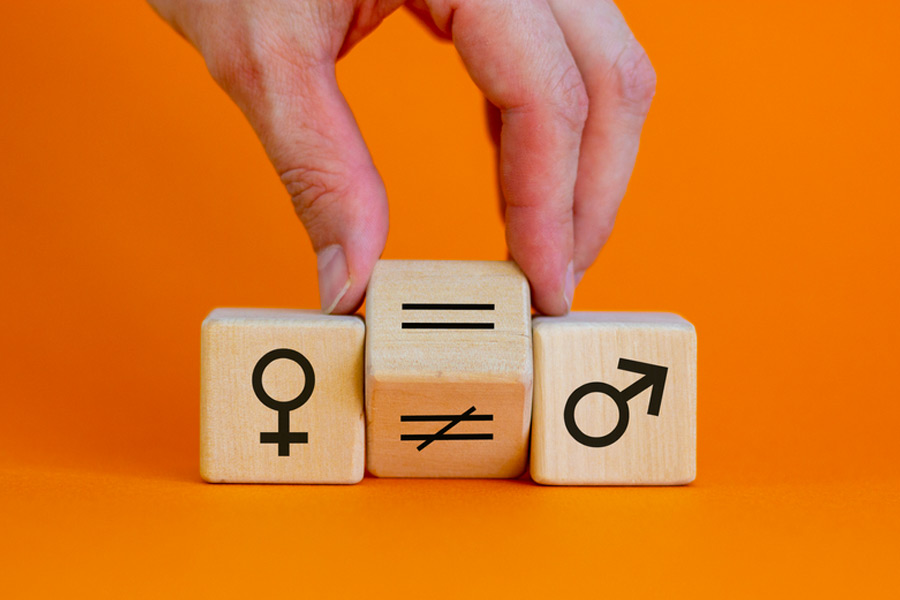India asserted at a United Nations (UN) conference on gender here on Tuesday that it has made substantial progress in women's development, as evidenced by various indicators.
However, the figures do not always align with assessments from other sources, which may show a different picture of progress.
India has progressed from “women’s development to women-led development”, said Preetam B. Yashvant, joint secretary, ministry of women and child development, at an event at the Asia-Pacific Ministerial Conference on the Beijing+30 Review, being held here from November 19-21.
He pointed at the increased number of women elected government representatives at various levels, in science studies and as a profession and in peacekeeping.
“India has achieved the gender parity across all levels of education. We have one of the highest proportions of women in STEM (science, technology, engineering and mathematics) disciplines globally,” Yashvant said.
India’s commitment to gender equality is reflected in the 218 per cent increase in gender budget, which is $37 billion this year, he added.
A lot of the development has been driven by the success of women-led self-help groups (SHGs), “which started as an economic model, but through women leaders' SHGs have today become vehicles of change that are transforming the landscape of the rural economy”.
India has also adapted measures for the prevention and addressing of sexual violence towards women.
But according to the Global Gender Gap Report 2024 by the World Economic Forum, India has slipped two places to 129 out of 146 countries. In 2023, it was ranked 127. The regression, the report said, is due to “small declines” in education and political empowerment.
At the inaugural session of the Beijing+30 Review conference, being held 30 years after the declaration of women’s rights in Beijing, Armida Salsiah Alisjahbana, the under-secretary-general of the United Nations, said that even as women had progressed on several counts, such as education, maternal mortality and leadership positions, they were still held by factors such as intimate partner violence, unpaid care and domestic work and gender stereotypes and norms.









